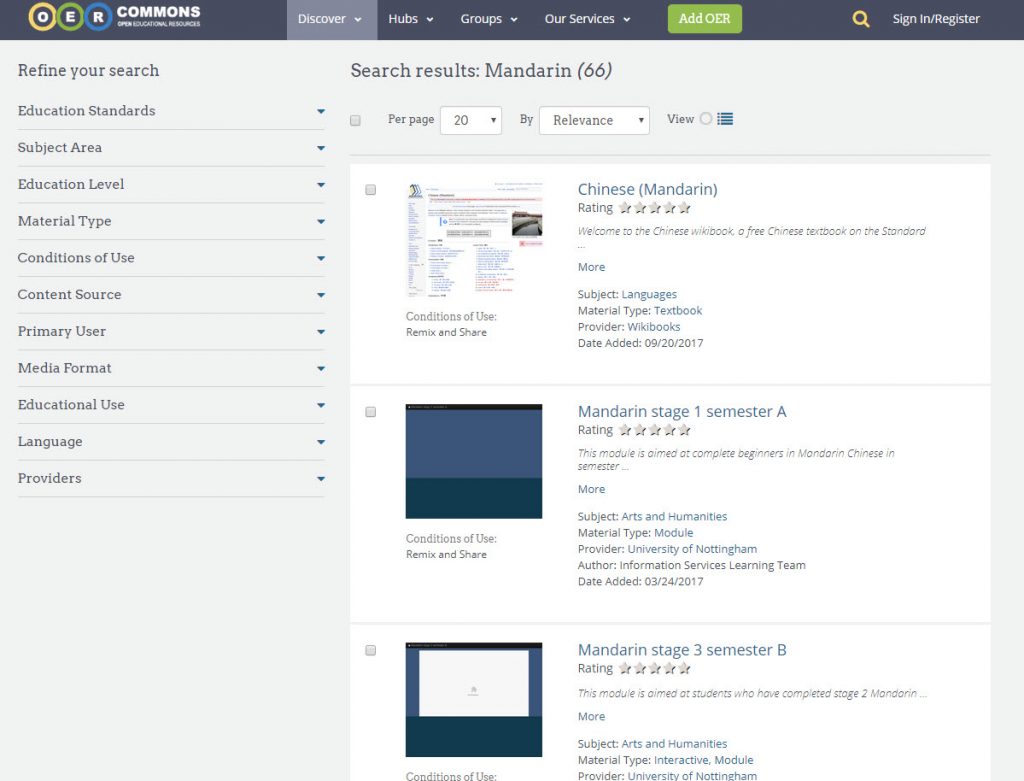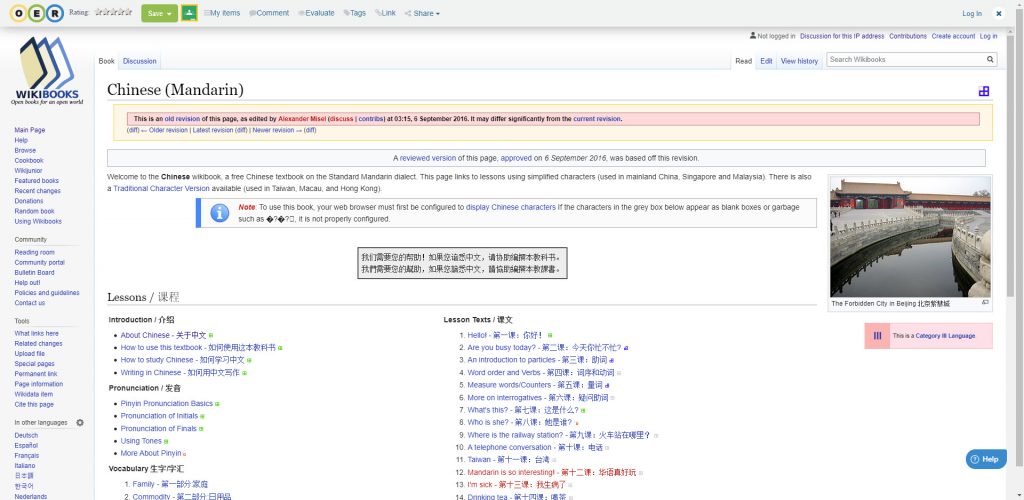In week 10 and 11, I have explored the Floe Inclusive Learning Design Handbook (CC BY 2.5 CA) and have a better and deeper understanding of the Flexible Learning for Open Education (FLOE). In the article from week 11, Flexible Learning for Open Education (FLOE) project applies Inclusive Design to open learning and is about the practice of equitable inclusion with open learning and teaching by providing resources to personalize how students learn and to address barriers to learning. The Floe Inclusive Learning Design Handbook is a free and accessible Open Educational Resource (OER), which is designed to create adaptable and personalized educational resources in order to meet a diversity of learning needs and preferences. In the part “Approaches” of this handbook, the author introduces three main accessibility principles of Floe, which I think are the most three important ideas:

In the handbook, the principle of “Perceivability” means “learning content should be consumable” (Floe Inclusive Learning Design Handbook). As the author explains, it is available to revise, re-purpose, and adjust the learning content and resources so that “learners who are more comfortable or only able to consume content in a particular mode have that option available to them” (Floe Inclusive Learning Design Handbook). The examples of accomplishing this principle include providing the larger text of the content, changing the volume of audio recording, and providing captions for multimedia. In my opinion, the idea of this principle is quite important for inclusive learning because learners all learn differently, providing different and adjustable modalities can help learners to meet their own learning preferences and individual needs directly. Also, in my opinion, this idea can increase learners’ engagement in learning and help them to personalize their own learning.
The second important principle is “Understandability”. According to the handbook, it means “learning content should be plain and clear to comprehend” (Floe Inclusive Learning Design Handbook). As the author describes, “different learners have different thresholds for wading through the complexity of the content, and complexity of the content’s presentation” (Floe Inclusive Learning Design Handbook). In my opinion, this principle is very necessary because a clear-to-understand learning content can not only make learners become more engaged, but also can contribute to an accessible learning experience to learners. Moreover, plain language and readable content can increase the qualities of learning relate to effectiveness, efficiency, and satisfaction as well.

The third important that I believe is about the principle of “Operability”. The essence of this principle is about offering different ways for users to navigate sites so that the interactions in learning can be operable by everyone. In the handbook, the author declares several useful ways of using this principle, including giving users enough time to read and use content, helping users navigate and find content, making all functionality available from a keyboard. In my opinion, this principle is essential and effective because it helps learners to explore content in ways that work for them. Also, the use of this principle can make the learning and teaching process become more interactive and engaged.
However, during my exploration of the Floe, I also find some issues and concepts that I am having difficulty to understand, such as design for privacy and “If you are unique (and aren’t we all), numbers are not our friends”.
The first concept that I am having difficulty understanding is the design for privacy. I understand that it is very important and necessary for users to pay attention to their personal privacy and information; however, in the handbook, the author states that a useful and good design should enable “portability of personal information among different services and allow users to easily access their data and move it to their desired location either online or offline” (Floe Inclusive Learning Design Handbook). I feel worried about that if the portability of personal information may increase the risk of privacy disclosure. Also, how can users protect their personal information from third-party data collection? We will never know when our browsing history or device IDs will be shared with third parties and how the third parties will treat our personal information. Therefore, for the concept of design for privacy protection, I still have a few confusions.
“If you are unique (and aren’t we all), numbers are not our friends”
The second concept that I am having difficulty understanding is from the topic “if you are unique (and aren’t we all), numbers are not our friends”. In this part, the author refers to an opinion that “counting determines such fundamental qualities as truth and worth” (Floe Inclusive Learning Design Handbook). In the author’s opinion, the number can impact people to measure potential profit, popularity, and even truth. Generally, the bigger number can make your effort become more valued. However, if the value you create is not quantifiable or if you are a small number, you will only receive little attention. In my opinion, it will be difficult to receive the attention of others if you are in a small number, but it does not mean you are not the truth or the value you created is not important. Therefore, I cannot totally agree with the idea from the author.
From the reading material in week 11, I have known three different educational tools, which are about the first discovery tool, the preference exploration tool, and my Lifelong Learning Lab. However, my question is that are there any effective examples of using the tools respectively? In my opinion, successful examples or learning experience can help learners to better understand the tools.
References
Inclusive Learning Design Handbook from OCAD University https://via.hypothes.is/https:/handbook.floeproject.org/
Flexible learning for open education (FLOE) Project website https://floeproject.org/







